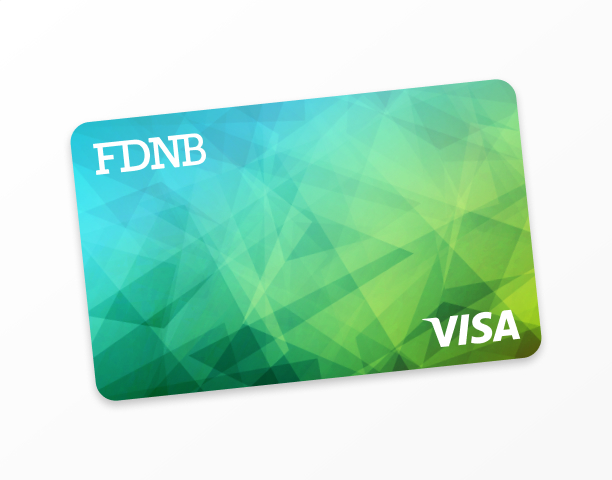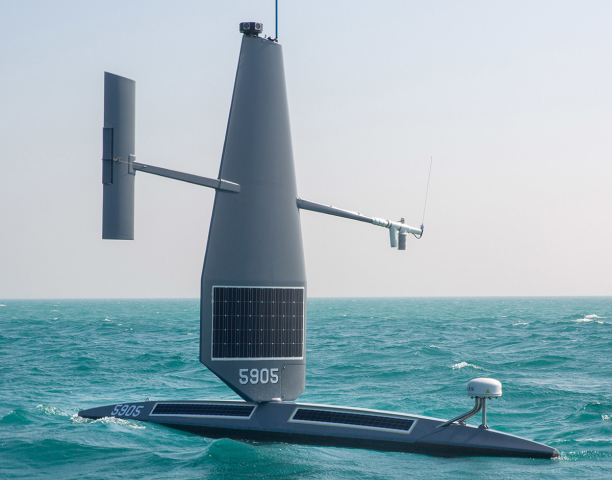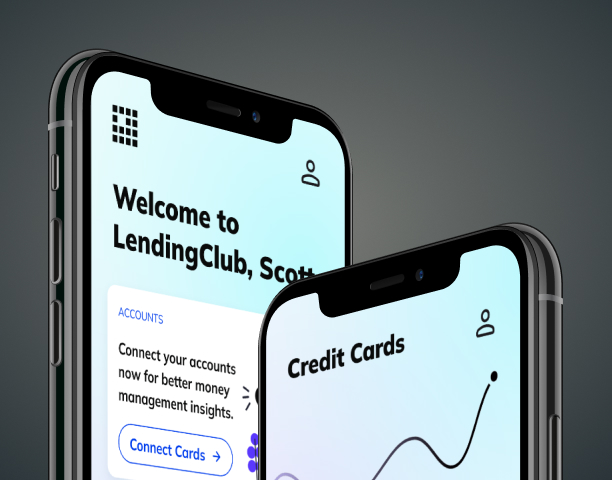Context
A new dual-screen phone will require design solutions to solve user experience challenges.
Challenges
Physical prototypes for testing were unavailable, and there was no existing API or framework designed for dual screen devices.
As a result, 3D printed models were made to understand how the device would be held. To test the concepts, two Samsung phones were secured together using duct tape.
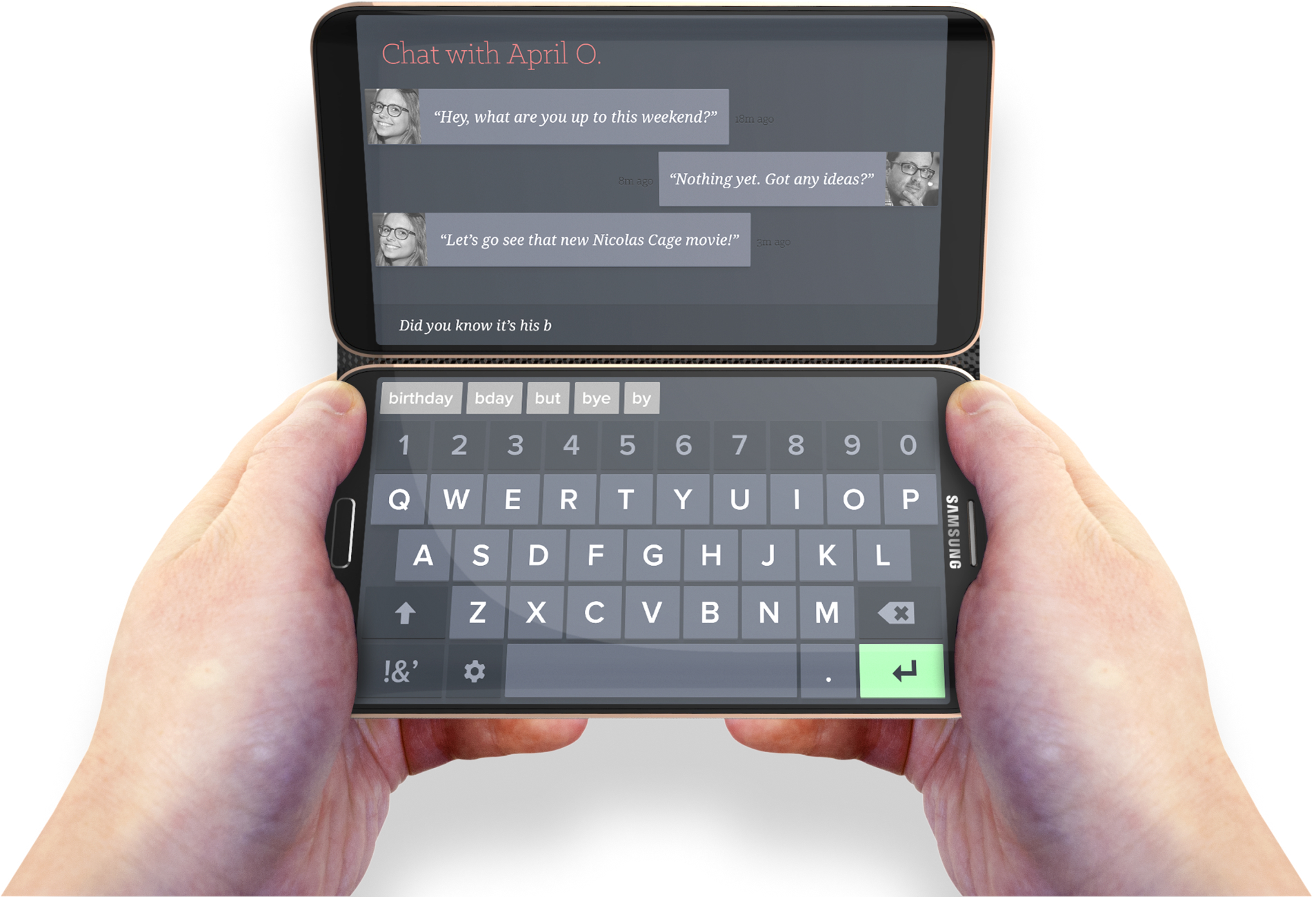

Wireframes
Given that the primary advantage of using two screens is to multitask, efficient app switching becomes crucial.
The device is designed for two-handed use, therefore users should be able to switch apps using either hand on any screen.
The device's tapered edges allow users to comfortably use their thumb to access a "dial" displaying recent and relevant apps. By moving their thumb up or down, users can scroll through this dial.
Final Design
The app switcher easily allows the user to find and switch to the content they’re looking for.
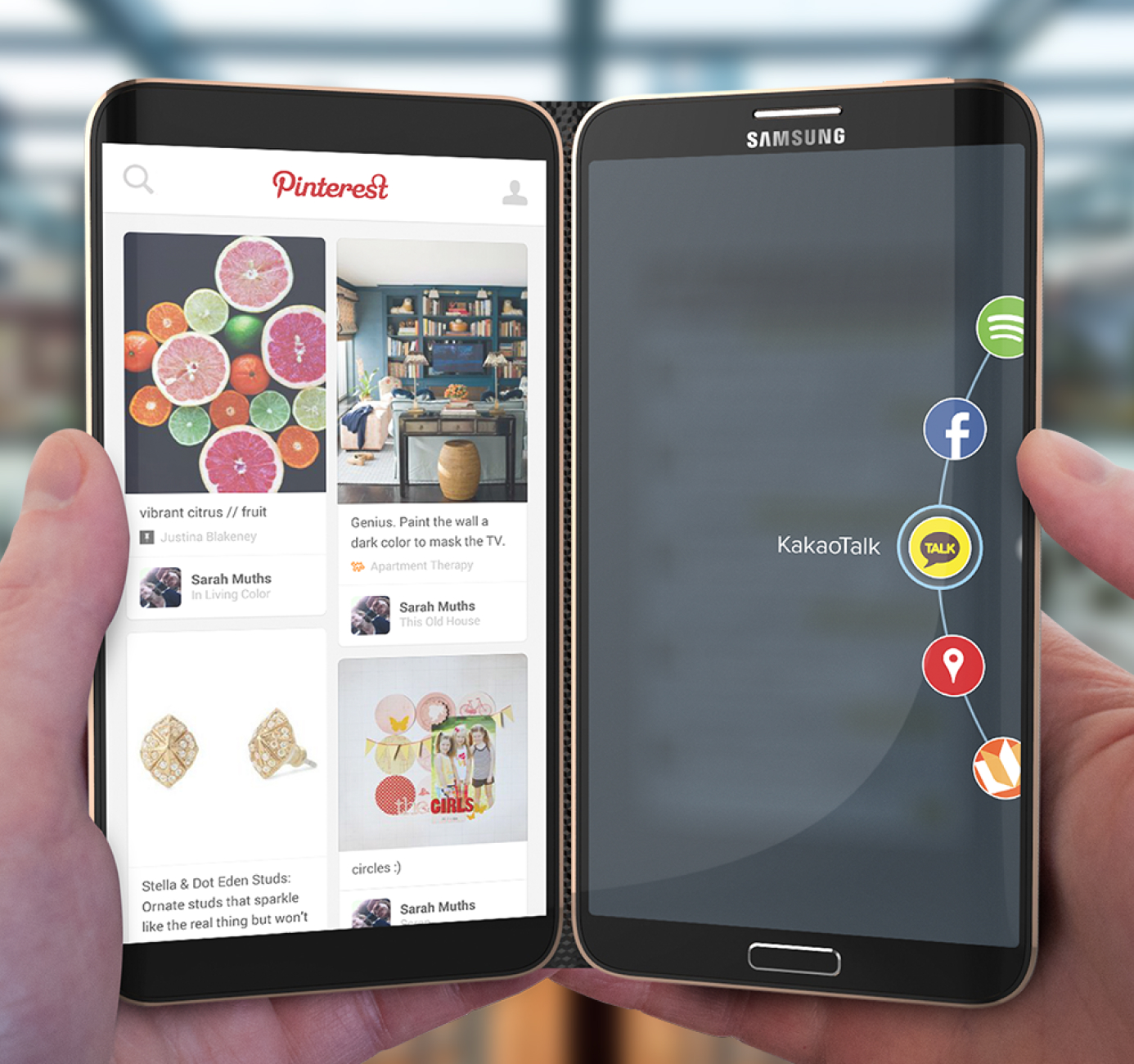
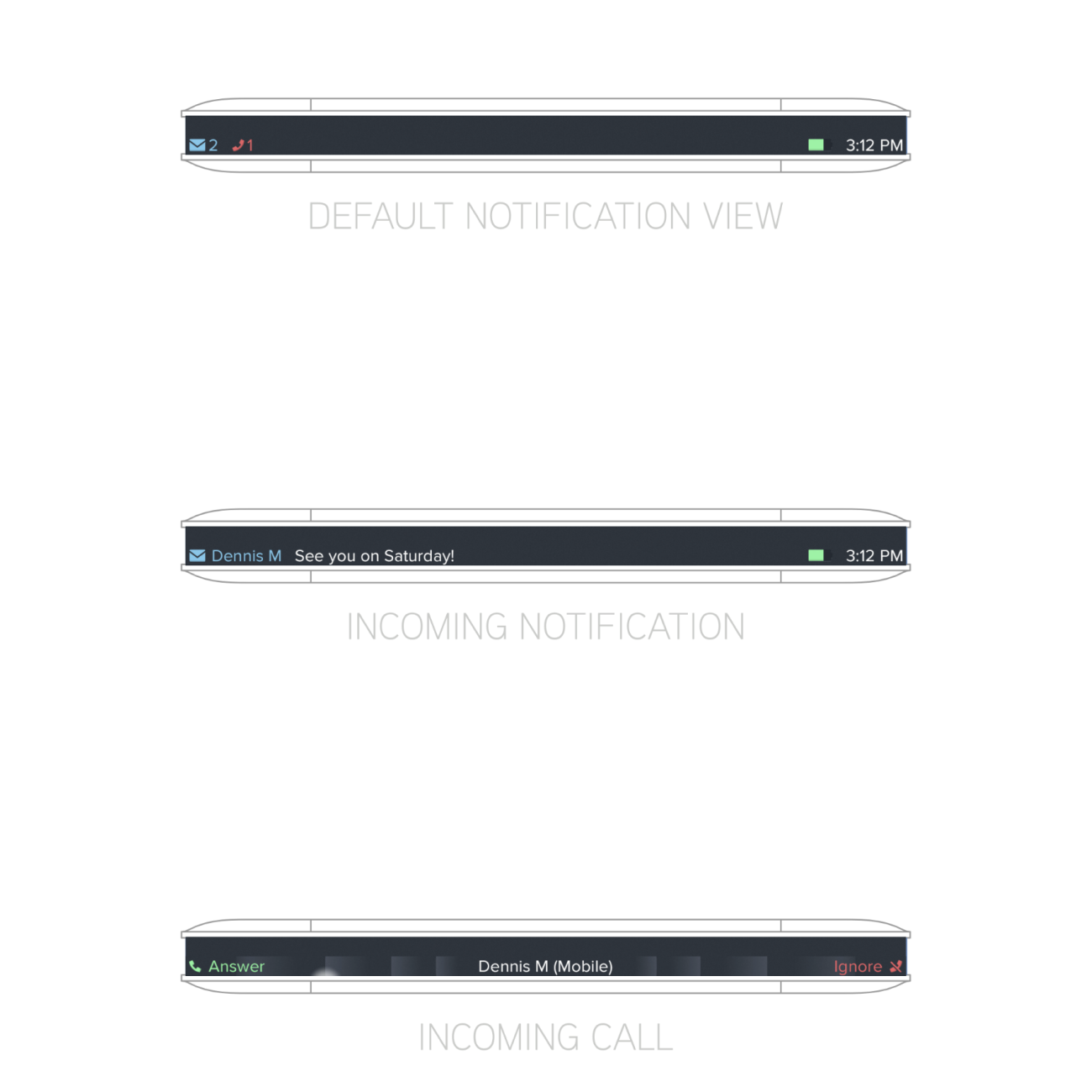
Wireframes
A unique feature is the gap created by its tapered screens when the device is folded closed.
This space can be used to discreetly show notifications.
Final Design
The user can preview incoming notifications without picking up and opening their phone.
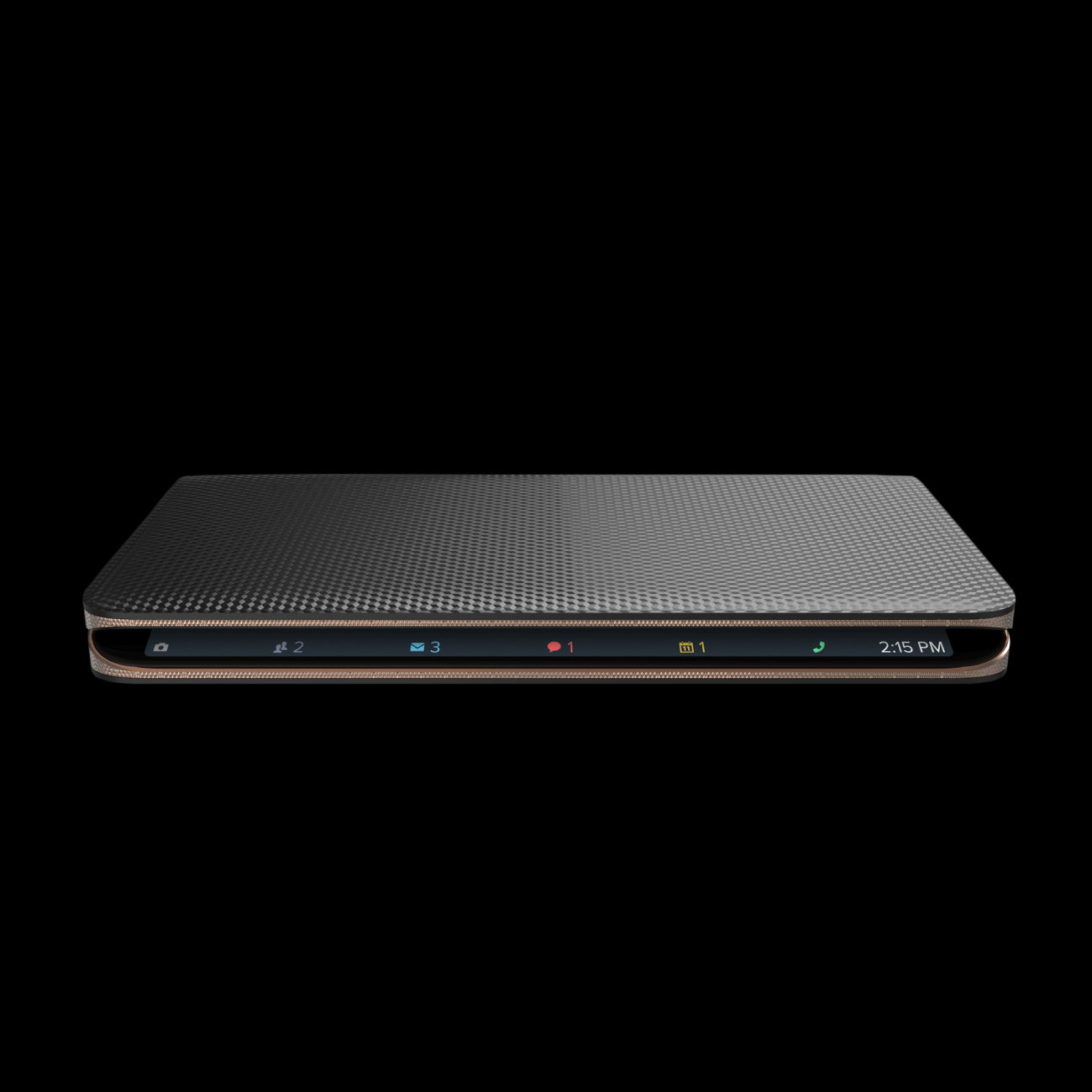
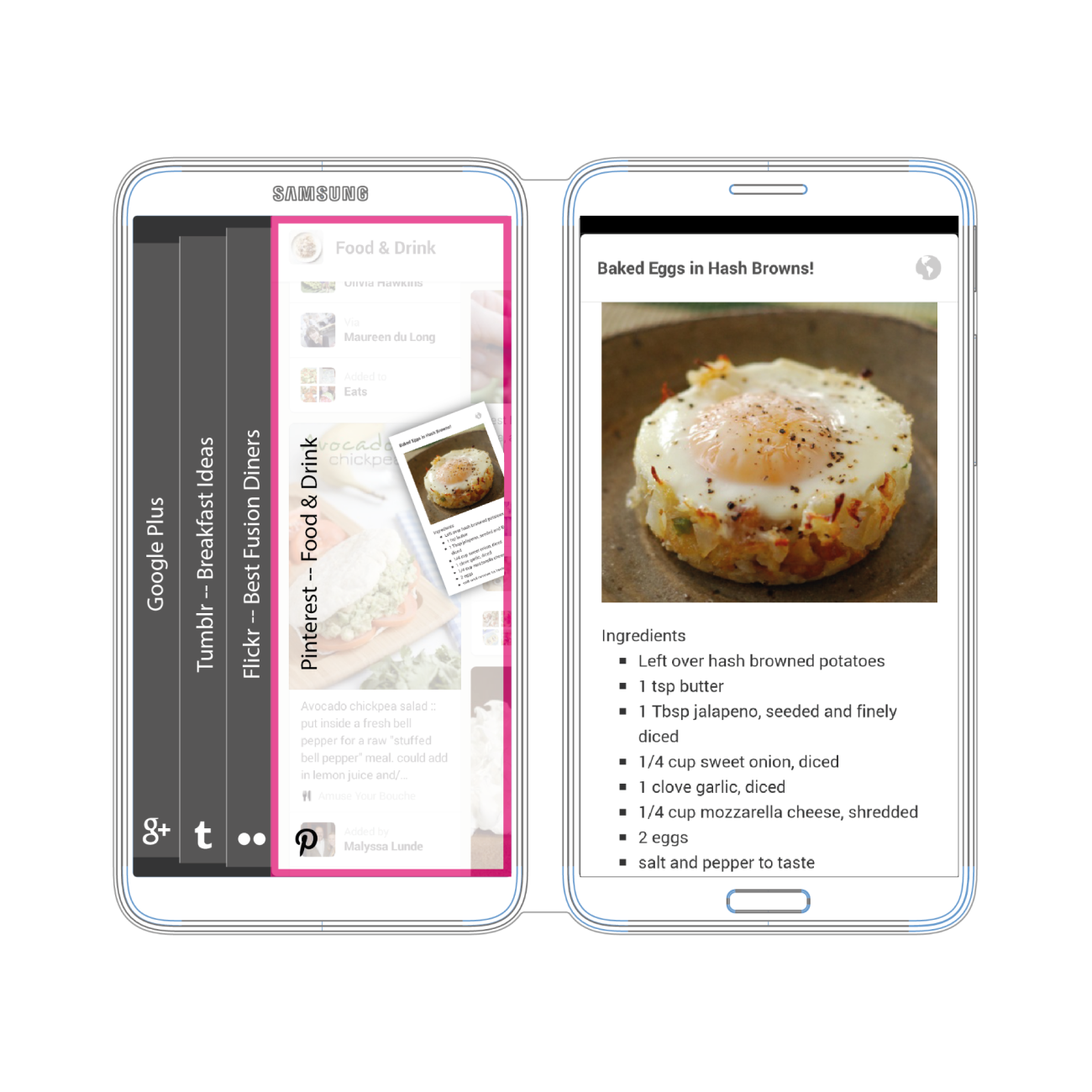
Wireframes
When multitasking, people frequently copy content from one app and paste it into another.
When a user taps and holds an object with one hand, the opposite screen displays a selection of recent or relevant apps. The user can then choose the app they want to paste to with their other hand.
Final Design
The user can cut and paste without adjusting their grip on the device.
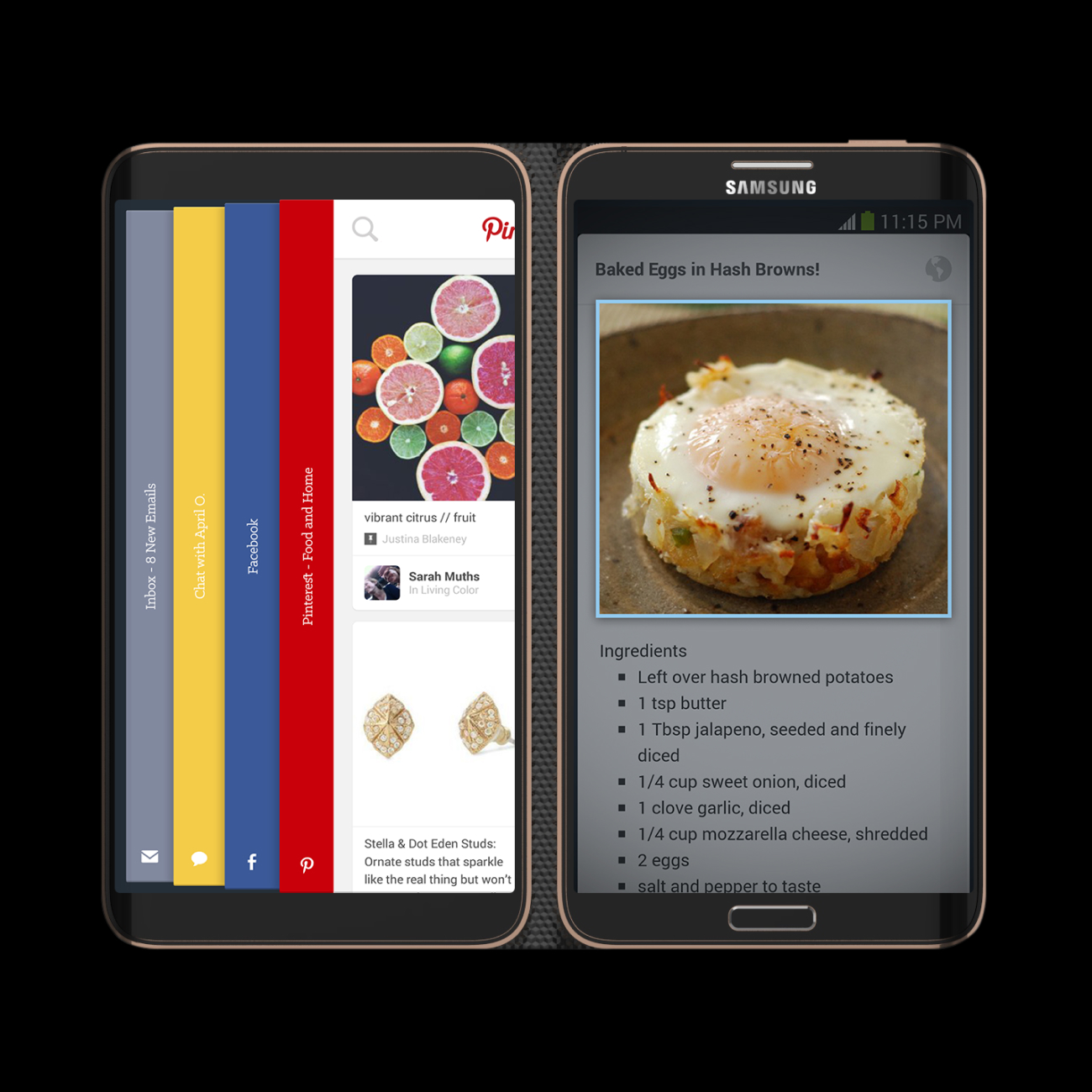
Outcome
In the end, the dual-screen device was replaced with a single foldable display. Still, much of the initial UX research from that project influences current market devices like the Galaxy Z Fold and the Galaxy Z Flip.
7.1M
Samsung Foldable
Phones Sold in 2021
309%
Increase in Foldable
Phones Sales in 2022
20M
Units Expected
to Sell in 2024
